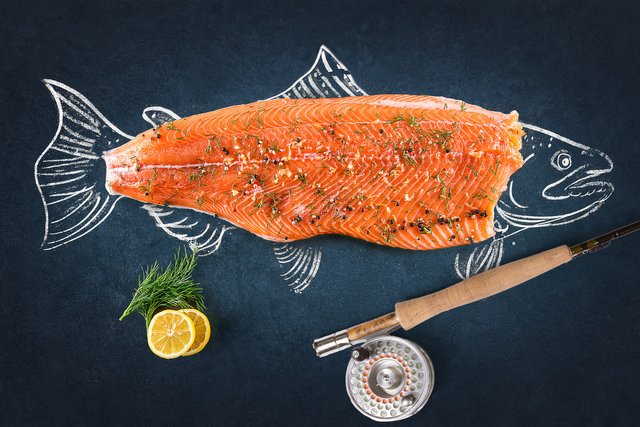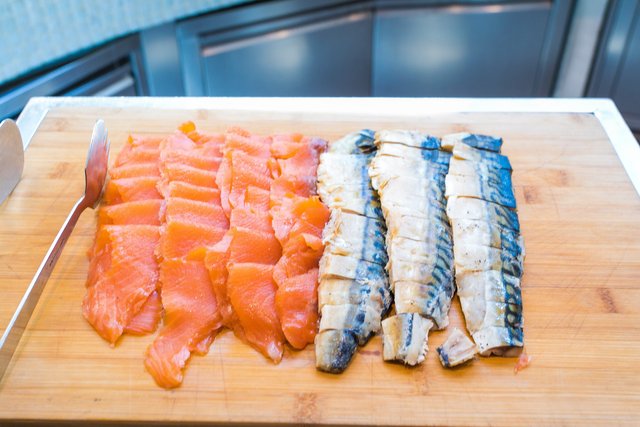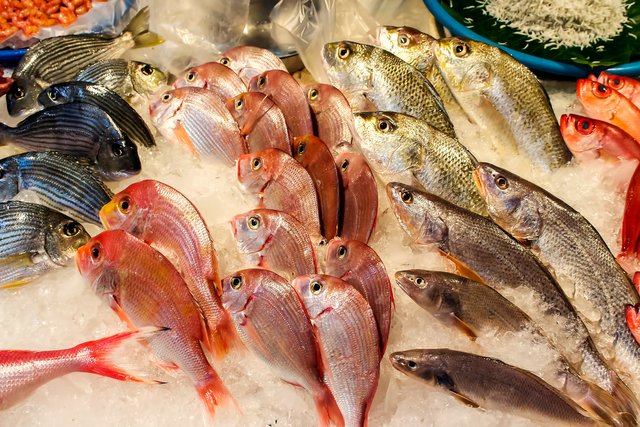How to choose fresh, nutritious and delicious fish?
Fish has always been a healthy food recommended by nutrition experts. It has outstanding nutritional advantages: high-quality protein content, low saturated fat content, easy digestion and absorption, and rich in a variety of trace elements. How to maximize these benefits? Chen Shunsheng, a professor at the School of Food Science and Technology of Shanghai Ocean University, suggests that everyone “choose and choose” when eating fish.

For safety, pick fish with low levels of contaminants. With the expansion of the pollution of the earth's water bodies, even the fish living in the seawater will inevitably have the phenomenon of excessive pollutants. There are many types of pollutants in the water, such as BHC, PCBs, lead, arsenic, mercury, and cadmium. But this does not mean that all fish are unsafe. According to the fish consumption recommendations issued by the U.S. Food and Drug Administration and the Environmental Protection Agency, the recommended fish include the following: anchovies, sardines, Atlantic salmon/salmon, Atlantic yellow croaker, Atlantic mackerel, cod, black cod, cod, walleye, flounder, freshwater trout, grouper, halibut, monkfish, red bass, carp, etc.; high-mercury fish that are not recommended for consumption include Swordfish, mackerel, red fish, square head fish, tuna, shark, etc. Consumers can choose from the following two points when buying fish. First, choose small fish. With the transportation of the food chain, the concentration of pollutants in the organic matter, plankton, small herbivorous fish, and large carnivorous fish in the water body has gradually increased, showing a significant biological amplification effect. Human beings are at the top of the food chain and easily accumulate pollutants in the body by eating fish. Small fish have a short growth period and are at the bottom of the food chain, so they have fewer pollutants and are safer. Second, choose streamlined fish. Migratory fish generally live in the middle and upper waters. Due to spawning, seasons and other reasons, they do not live in fixed waters for a long time, and they deposit less pollutants in their bodies. The body of this type of fish is mostly streamlined, such as salmon, sardines, and mackerel. Most flat-shaped fish such as turbot and partial mouth fish mainly live on the continental shelf (continent covered by sea water) within 200 meters of water depth, not too far from the coast, and are more susceptible to water pollution. However, in recent years, most of the commercially available turbot, flounder, etc. are basically artificially bred, which is not a big problem.

In terms of freshness, pay attention to the eye gill scales. When choosing fish, do the following. First, observe the fish eyes. The eyeballs of fresh fish are full, and the cornea is transparent and clear; the eyeballs of subfresh fish are not full, the cornea of the eye is wrinkled, slightly muddy, and sometimes bleeding in the eye is red. Second, observe the gills of the fish. The gills of fresh fish are bright red and the gill filaments are distinct; the gill filaments of stale fish are damaged or adhered, the color is gray-red or gray-purple, and the smell is not good. Third, observe the scales of the fish. Fresh fish have transparent mucus, the scales are intact and shiny, and are closely attached to the fish body, without falling off; fish with a lot of mucus and opaque, poorly lustrous scales and falling off more fish have poor freshness. Fourth, press the fish body. Fresh fish muscles are strong and elastic. The depression disappears immediately after acupressure, while the muscles are slightly loosened. The depression disappears more slowly after acupressure, followed by freshness. Fresh fish should also be carefully selected. Fish with poor physique cannot swim flexibly, or their mouth is close to the water, or their tail is swimming down, or the fish is floating sideways on the water ("turning the belly"). Don't buy it.
In terms of taste, pick fish with few spines. Freshwater fish are cheap, but they have a smell of soil. They have more flat bones, such as crucian carp, and fewer round bones, such as grass carp and snakehead. Except for the herring fish, the scorpionfish are a bit spiny, most of the marine fish have few bones and the meat is very tender. Children and the elderly can choose tilapia, whitebait, cod, herring, catfish, yellow croaker, flounder, horse noodle and so on.

For nutrition, pick fish with high omega 3 content. Fish meat is rich in unsaturated fatty acids, especially omega 3 fatty acids. This fatty acid is an essential fatty acid for the human body and is important for the early development of the brain and vision. In terms of living conditions, fish are divided into pelagic fish and bottom-dwelling fish. Benthic fishes mainly refer to fishes that live near the bottom of the ocean and do not like to swim. Pelagic fishes live on the sea, such as sardines, herring fish, and mackerel. They are muscular and rich in omega 3 fatty acids. In addition, salmon, rainbow trout, mackerel, sea bass, golden pomfret and small yellow croaker have higher levels of omega 3 fatty acids